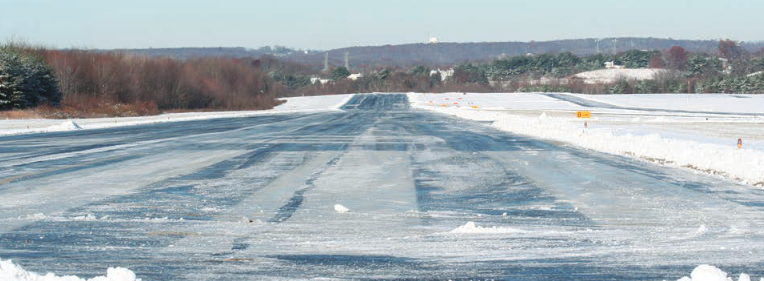Should pilots be trained as generalists, with a broad set of base skills, and then made into specialists for specific conditions and operational environments? Or should we be training pilots to specialize in a specific role and not worry about building generalist skills into them that may not be needed in the jobs they are going to end up doing?
It’s an interesting philosophical question when it comes to the strategy of training pilots.
The U.S. aviation training system is one that has been based on mentorship and one-on-one relationships between instructors with their students for many decades. We trust that a more senior CFI will work with a new or lessor experienced student to pass along knowledge, skills, and risk management mindsets that will develop them into capable pilots. It’s a stepping stone process that builds basic pilotage and then enhances that knowledge base by adding skills and knowledge as they proceed from being a pilot capable of flying themselves to being one that might be tasked, and trusted, with flying hundreds of passengers in the back of their aircraft for hire.
We still train pilots in “little airplanes” to fly basic VFR around our national airspace system and to fly in instrument conditions under the instrument procedures rules. This is all done in the general aviation flight realm. But once we have done this, and after these pilots have gained some experience, they are unlikely to fly in this operational environment again in most cases for modern professional pilots. They leave this realm and transition to regional and major airlines and cargo carriers and fly in the commercial operations realm. While general aviation and commercial operations share the same airspace sometimes, how they get flights done is very different. In most larger commercial operations, the pilots have a great operational infrastructure that ranges from ramp help to dispatchers that feed them information, to cabin crew, and an overall operational specifications process that enhances and ensures safety. A general aviation pilot has none of this. And, in fact, training someone as a general aviation pilot from the outset may, in the opinion of some, actually detract from the development of working within this larger framework that is a commercial operation. A general aviation pilot is many times more of a lone wolf; responsible for all the decisions and planning for a flight themselves.
There is an argument to be made that building this individualistic skill set is something that a pilot needs to have so they can have that skill if ever needed later in their career. But, is that argument still accurate? Continue reading


 So, last winter I remember vividly the moment when I was laying in bed after a visit to my chiropractor thinking, “the most dangerous thing to me losing a medical might just be an icy airport ramp.”
So, last winter I remember vividly the moment when I was laying in bed after a visit to my chiropractor thinking, “the most dangerous thing to me losing a medical might just be an icy airport ramp.”